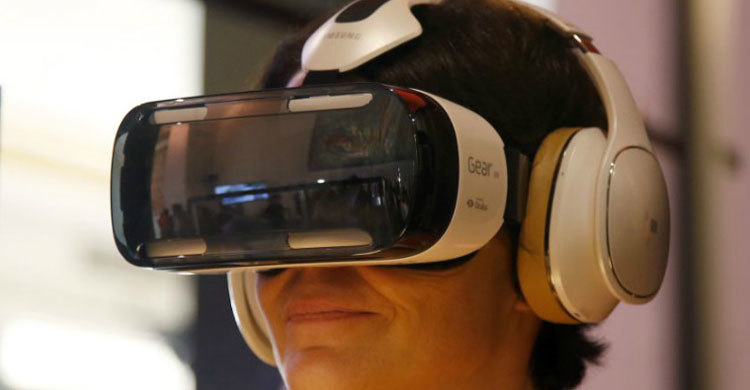Virtual reality finally becoming real

With the smartphone market booming and Internet penetration rising as a result, Virtual Reality in media consumption and gaming is going to completely change our digital content consumption patterns.
At the Consumer Electronic Show 2016, a slew of companies showcased their VR gear for smart phones and gaming consoles.
The tech giants are slowly shoring up resources for taking on the VR challenge and there have been many mergers, acquisitions and partnerships.
Facebook has tied up with Oculus for Rift, HTC and Valve for Vive Pre even as Samsung is ready with Gear VR and Sony is working on its project Morpheus gaming consoles.
The companies are well equipped; but are the consumer-base ready for it? A latest report by SuperData Research shows around $6.1 billion was pumped into VR in gaming between 2012 and 2015.
The worldwide market for VR gaming is also estimated to reach $5.1 billion in revenues with a consumer base of 55.8 million in 2016.
Though the ball is rolling, taking into note the consumer willingness, the investment is said to initially hit less expensive options like smartphones.
According to the report, out of the total investment, a majority 71 per cent of the consumer market, about 27 million, will be light mobile VR units like Google Cardboard, 7 per cent premium mobile VR like Samsung Galaxy Gear. 17 per cent of personal computer VR like Oculus Rift, HTC Vive and 5 per cent in console VR like Playstations.
Around 829 VR games are currently being developed by small studios and indies, the report says.
The reports also assesses Europe to be the hotbed for this technology with $1.9B VR gaming market size, followed by North America with $1.5B and Asia with $1.1B.
And this VR in gaming is not just a fad. The projections till at least 2018 show promising and positive signs of investment in virtual and augmented reality technologies.
In another report published by a global analyst company focusing on mobile communications and the Internet, CCS insight, the year 2016 is expected to witness at least a sale of 2.5 million virtual and augmented reality devices.
By 2017, an estimated 12 million VR headsets will be sold and by 2018, which will be almost a tenfold increase from this year, an estimate of 24 million devices will be sold.
For starters, to experience virtual reality in their smartphones, Google Cardboard is a good option. Google has forayed into VR using a makeshift, economical VR gear called Google Cardboard for smartphones.
The Cardboard costs anywhere between $10 and $30; and can be used on all Android-based phones. Recently, Google also included an upgrade on spatial sounds to make VR more meaningful on slew of games, cinematic applications, VR videos and Augmented Reality apps.
Samsung Galaxy Gear should be available in some markets soon, while Vive is expected to be expensive when it finally becomes available. However, there are early days and there is no doubt that VR is virtually upon us.


